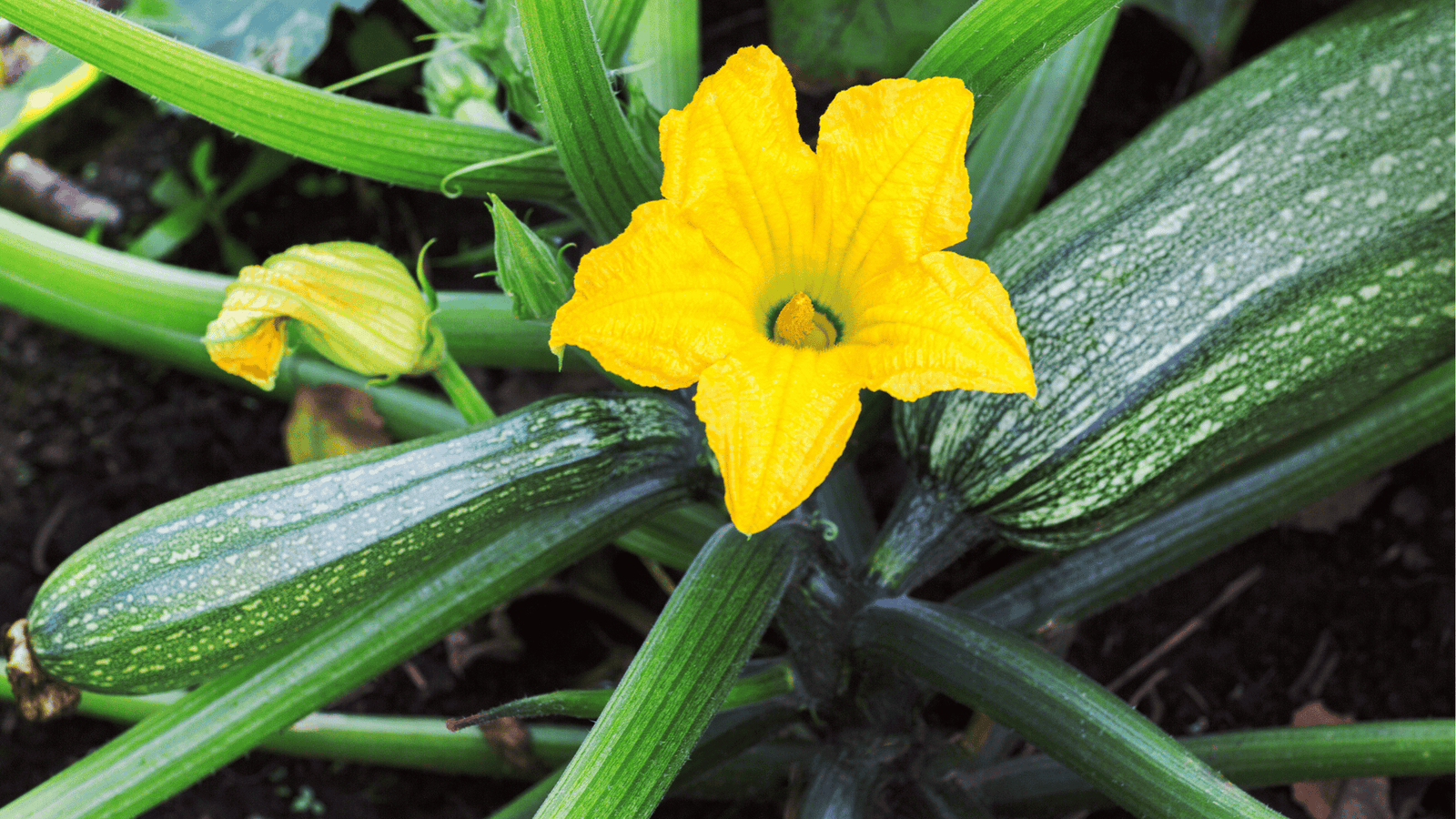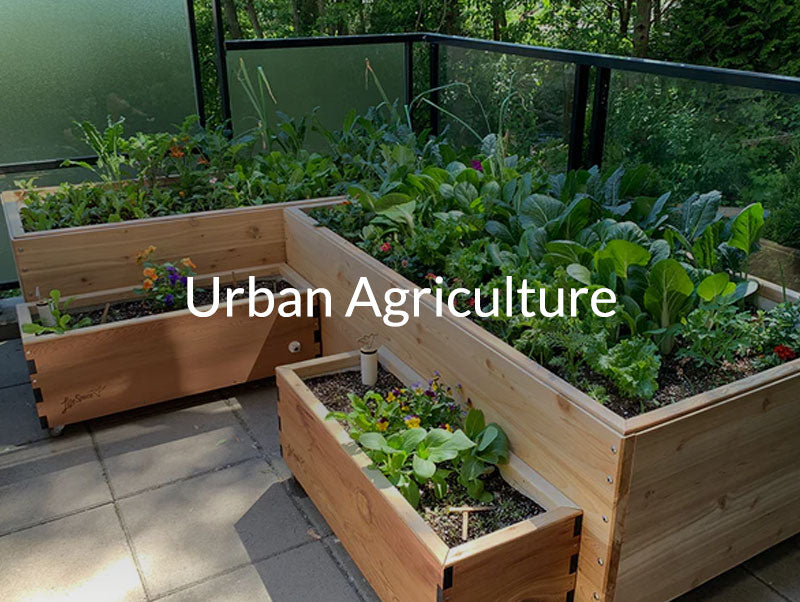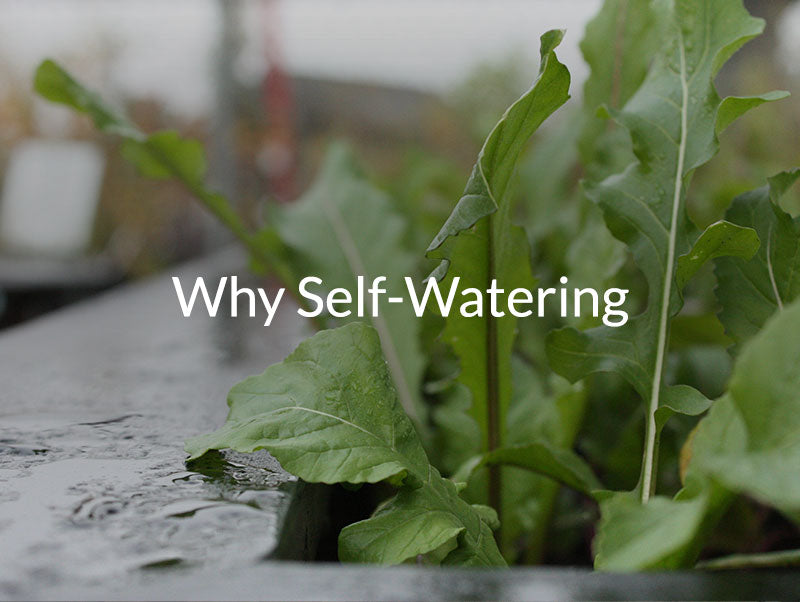Zucchini Growing Guide🥒: Planting, Care, and Harvesting Tips

Introduction
Zucchini is one of the most rewarding crops you can grow — fast, productive, and great for gardeners of all skill levels. Whether you’re planting in a LifeSpace Garden or using GardenWells sub-irrigation kits, steady bottom-up watering ensures healthier plants, fewer pests, and larger harvests.
When to Plant Zucchini
-
Spring: Start planting when nighttime temperatures stay above 10°C — usually late May through June. Check the May Gardening Guide for timing tips.
-
Summer: June and early July plantings establish quickly for reliable production. See the June Gardening Guide for care tips.
-
Succession Planting: Sow seeds every 3–4 weeks until mid-summer for continuous yields.
Square Foot Gardening Spacing
-
Spacing: 1 plant per 2 square feet
-
Depth: Sow seeds 1” deep
-
Companions: Works well with beans, nasturtiums, and borage.
How to Plant Zucchini
Direct Seeding
-
Sow 2 seeds per hole; thin to the strongest seedling after germination.
-
Keep the top 1–2 cm of soil moist until sprouts emerge (~5–7 days).
-
Use row covers early in the season to protect against cool nights.
Transplanting
-
Start seeds indoors in early May and transplant after 3–4 true leaves develop.
-
Harden seedlings off for 5–7 days before transplanting.
-
Top-water gently for 7–10 days while roots establish in the SIP moisture zone.
Watering Your Zucchini
Zucchini loves consistent, deep hydration:
-
Check your WaterStem: when the Hummingbird rises, your reservoir is full; when it drops, it’s time to refill.
-
Before establishment: Lightly top-water daily until roots anchor.
-
After establishment: Refill reservoirs about every 1–2 weeks, depending on heat and size of plants.
-
Mulch heavily around plants to reduce evaporation and maintain cooler soil.
-
See the June Gardening Guide for seasonal watering tips.
Harvesting Zucchini
-
Timing: Pick when fruits are 6–8” long for peak flavor and texture.
-
Frequency: Harvest regularly to encourage ongoing production.
-
Peak Season: July brings bumper crops — see our July Gardening Guide for harvest management tips.
-
Bonus: For edible blossoms, harvest flowers early in the morning before they open.
Common Issues & Fixes
| Issue | Likely Cause | Solution |
|---|---|---|
| Powdery Mildew | High humidity, poor airflow | Prune lower leaves, increase spacing, mulch wisely |
| Blossom End Rot | Inconsistent watering | Maintain steady SIP hydration, add compost |
| Pollination Issues | Fewer pollinators early | Hand-pollinate blossoms using a soft brush |
Companion Plants for Zucchini
Best companions (with cross-links):
-
Nasturtiums → Trap aphids, trail beautifully over bed edges, and add edible flowers.
-
Marigolds → Repel common pests and draw pollinators. Start seeds in April.
-
Borage → Attracts bees and improves fruit set; plant near zucchini hills.
-
Beans → Light nitrogen contribution, boosts soil fertility.
-
Corn → Great partner in a “three sisters” setup, especially in larger SIP beds.
Avoid planting with:
-
Other Cucurbits → Cucumbers and melons can share pests and diseases; separate beds if possible.
-
Potatoes → Compete for nutrients and space; keep them in another bed.
Layout Tip:
-
Zucchini = 1 plant per 2 sq ft.
-
Plant nasturtiums and marigolds along bed edges for pest control.
-
Add borage strategically nearby to boost pollination rates.
Product Tips
-
Small patios? Use CondoFarms self-watering planters for compact zucchini setups.
-
DIY gardeners? Install GardenWells inserts for stress-free irrigation.
-
Scaling up? Explore custom self-watering raised beds for maximum yields.







